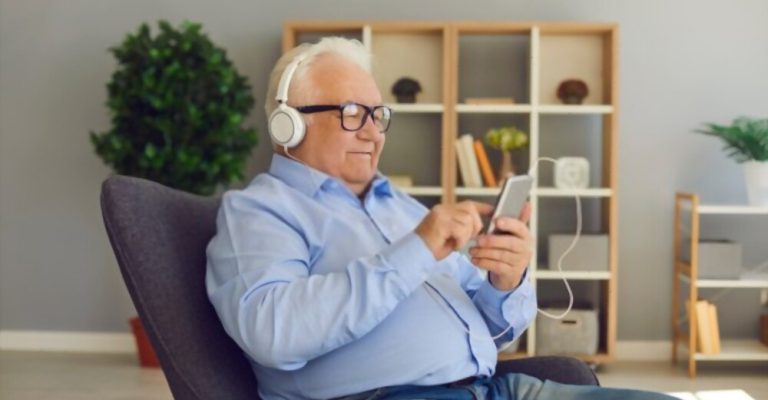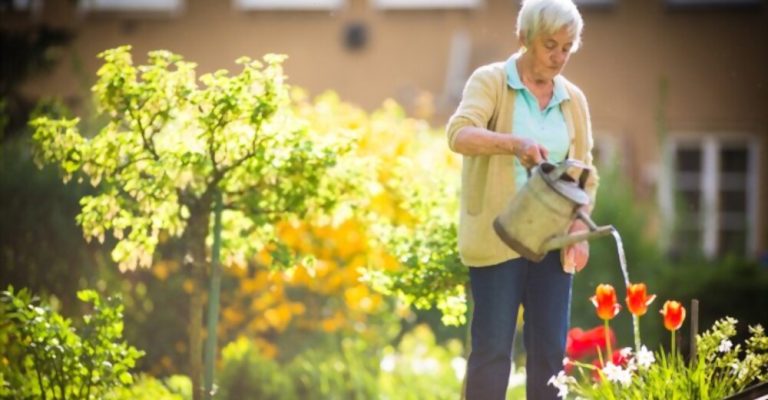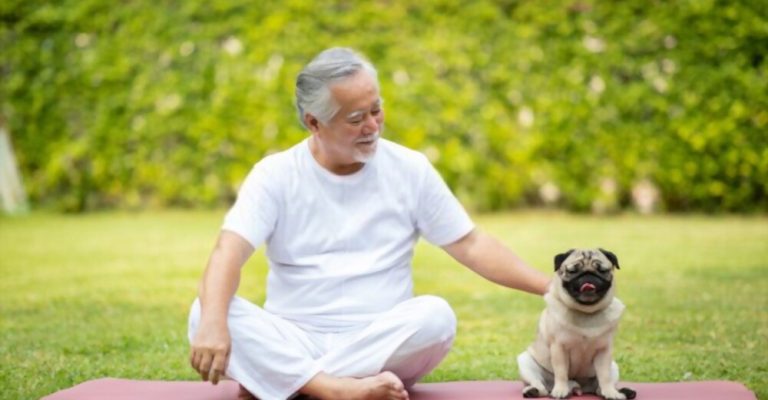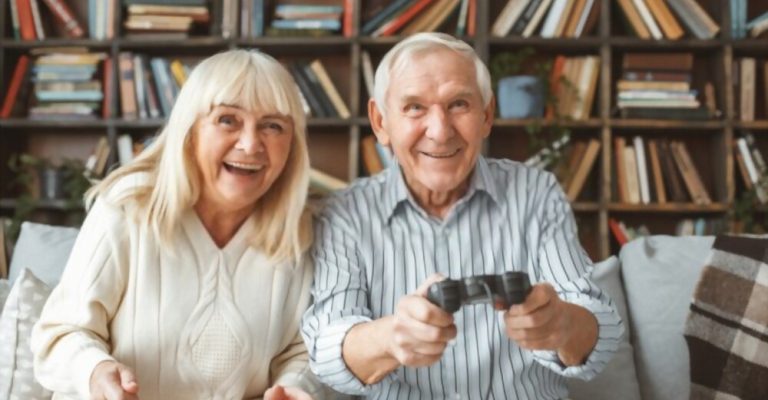
Recovering from a stroke can be physically and emotionally demanding. In addition, concerns about one’s safety, financial outlook, and future health compete for attention in the aftermath of a stroke. However, one thing that is often overlooked or neglected is recreational activities. Finding meaningful ways to pass the time during recovery can make all the difference in your morale; however, it can often feel like there are limited options when you are stuck at home following a medical event like this.
This blog post will introduce you to some attractive recreational options for stroke recovery at home! We will explore different activities that provide physical and mental stimulation while relishing your newfound freedom and embracing opportunities for personal growth.
Calligraphy is an ideal therapeutic activity for stroke patients who are looking for something enjoyable and beneficial to do while they recover. Not only is it an artistic outlet, but calligraphy requires focused attention and fine motor skills to aid rehabilitation.
Studies have shown that practicing calligraphy has tangible benefits for stroke patients. Writing in a controlled, deliberate way can help to improve hand-eye coordination, agility, and overall motor control. Additionally, focusing on the artistic elements of calligraphy – such as spacing, line weight, and letter formation – can enhance cognitive function, boost confidence, and reduce stress.
In terms of getting started with calligraphy, many resources are available for stroke patients. Books, online tutorials, and local classes can all provide guidance and inspiration. There are also specialized tools – such as ergonomic pens and paper – that can help make the process more comfortable and accessible.

Gardening is a rewarding hobby and can serve as an effective therapy for those recovering from a stroke. According to research, stroke patients who engage in gardening experience improved physical, cognitive, and psychological well-being.
Physically, gardening is a low-impact exercise that can aid in rehabilitation. It helps to build strength, improve flexibility and balance, and increase cardiovascular health. Activities such as digging, planting, and weeding can help patients develop fine motor skills and improve hand-eye coordination. Additionally, outdoors in natural sunlight can provide the necessary vitamin D for strengthening bones and reducing the risk of falls.
Cognitively, gardening can offer stroke patients a sense of purpose and accomplishment, which helps to boost their mental health. Planning and executing a garden requires attention to detail, problem-solving skills, and continuous learning.
This can help to sharpen a patient’s cognitive abilities, including memory, concentration, and mental processing. Research has also shown that gardening can help reduce the symptoms of depression, anxiety, and stress, which are all common among stroke patients.
Furthermore, gardening can provide social benefits, especially when done in a group setting. Patients can connect with others who share their interest in gardening and benefit from the sense of community and support provided by other gardeners. This can help them feel more positive about their situation and build resilience and determination in their recovery journey.
Yoga is a widespread practice that involves physical postures, breathing techniques, and meditation. It is an ideal exercise for stroke patients as it can help them recover their physical abilities while also promoting overall wellness. There are many reasons why stroke patients should consider practicing yoga at home.
Yoga is a low-impact exercise that can improve balance, flexibility, and coordination. These are crucial areas stroke patients need to focus on during rehabilitation. By performing yoga poses, stroke patients can work on their core strength, vital for maintaining balance and posture. Yoga can also help improve muscle strength and range of motion, leading to greater mobility.
It can help reduce stress and anxiety. Stroke patients often experience anxiety and depression due to their illness’s physical and emotional tolls. Yoga is an effective stress-relieving practice that promotes relaxation and calmness. It can help stroke patients manage their emotions, improve their mood, and increase their overall well-being.
Cooking provides a valuable opportunity for stroke patients to engage in an active, hands-on task to aid their physical rehabilitation. Preparing ingredients, stirring, chopping, and even setting the table require fine motor skills stroke patients may need to work on. In addition, it can encourage patients to stand, walk, and move around more, which can help with overall mobility and muscle strength.
Hence, it is an excellent opportunity for stroke patients to exercise their cognitive abilities. Measuring ingredients, following recipes, and managing multiple tasks simultaneously can all improve mental agility and promote memory retention. Cooking can help stroke patients develop problem-solving and decision-making skills by adapting recipes and cooking techniques to suit their preferences and abilities.
It can be an enjoyable and rewarding activity that can improve stroke patients’ mood and overall quality of life. Preparing and serving a delicious meal can be a source of pride and accomplishment, boosting self-esteem and promoting well-being.
One of the most significant benefits of listening to podcasts for stroke patients is their ability to improve cognitive function. Research has shown that listening to podcasts can help sharpen cognitive skills such as attention, memory, and reasoning. Listening to podcasts can also provide a sense of mental stimulation, helping stroke patients feel engaged and stimulated.
Another advantage is their ability to provide emotional support. Many podcasts touch on mental health and wellness themes, and some even focus specifically on topics related to stroke recovery. Listening to these podcasts can provide stroke patients the emotional support they need to manage their condition and stay positive throughout rehab.

Stroke patients often experience feelings of isolation and loneliness, but interacting with a pet can help alleviate these negative emotions and provide them with much-needed companionship.
Playing with a pet has been shown to have physical benefits as well. For example, stroke patients feel weakness and reduced range of motion in their limbs, but actively engaging in play with a pet can help improve their strength. This can be particularly beneficial for patients recovering from paralysis or muscular weakness.
Pets can serve as valuable therapy animals for stroke patients. Animals such as dogs and cats have been trained to provide emotional support and aid in physical therapy, such as transferring objects to patients that may be difficult to reach. Some dogs have been trained to detect and warn their owners of an impending stroke, which can be life-saving for stroke patients.
Not only is photography a visually stunning art form, but it has numerous benefits for stroke patients. For example, taking and editing photographs can help improve hand-eye coordination, problem-solving skills, and spatial awareness. In fact, studies have shown that engaging in photography can even decrease depression and anxiety levels in stroke patients.
Plus, photography is a great way to stay connected with loved ones and the world. Whether you’re capturing memories of family members and friends or exploring the beauty of nature through your lens, photography can provide a sense of purpose and accomplishment during the recovery process.
When you start decluttering, you’ll be surprised to find just how many items you no longer need or use. By getting rid of these items, you’ll be able to clear up valuable space in your home, making it easier to navigate and reducing the risk of falls. This is especially important for stroke patients who may already be struggling with mobility issues.
In addition to physical benefits, decluttering can also have a significant impact on mental health. The act of letting go of items can often be cathartic, providing a sense of accomplishment and relief from stress. Furthermore, a cleaner and more organized living space can help to reduce anxiety and promote a greater understanding of calm and well-being.
Wii Gaming, a popular console game, has increasingly gained attention as a beneficial tool for stroke patients who want to improve their physical and cognitive abilities. This interactive and fun activity can be easily accessed and performed at home, providing stroke survivors with an enjoyable way to enhance their overall health and well-being.
Playing Wii games involves moving the entire body, which promotes physical exercise and rehabilitation for stroke patients. It allows them to engage in a range of activities, from virtual sports games such as tennis or bowling to dancing and balance exercises. These activities help stroke patients improve their balance, range of motion, coordination, and strength while reducing the risk of falls and other complications.

Stroke recovery is a long, challenging process requiring patients to actively participate in rehabilitation. Fortunately, there are many activities that stroke patients can engage in to help improve their physical and mental health. From playing with a pet or engaging in photography to decluttering and Wii gaming, these activities can provide much-needed emotional support, physical exercise, and cognitive stimulation to stroke patients.